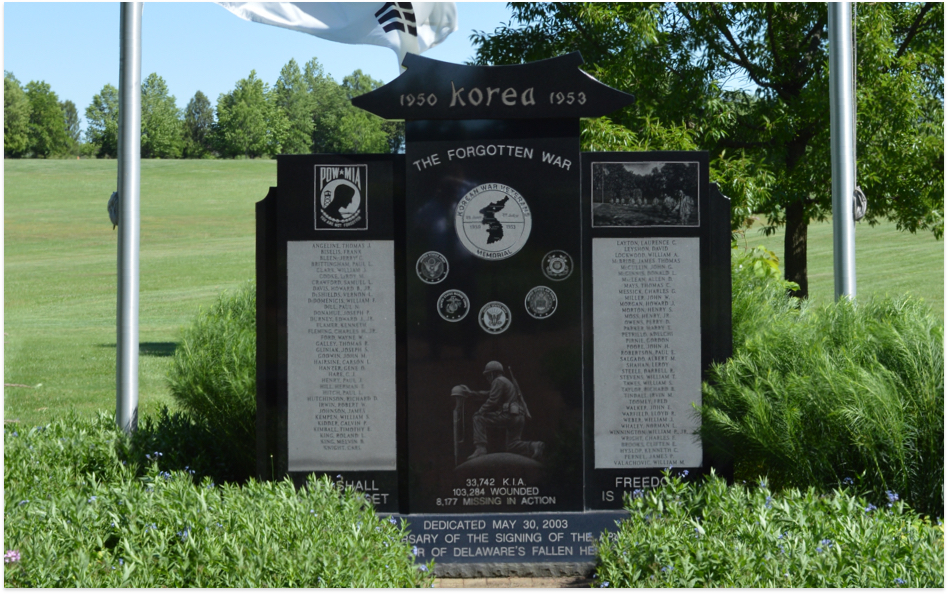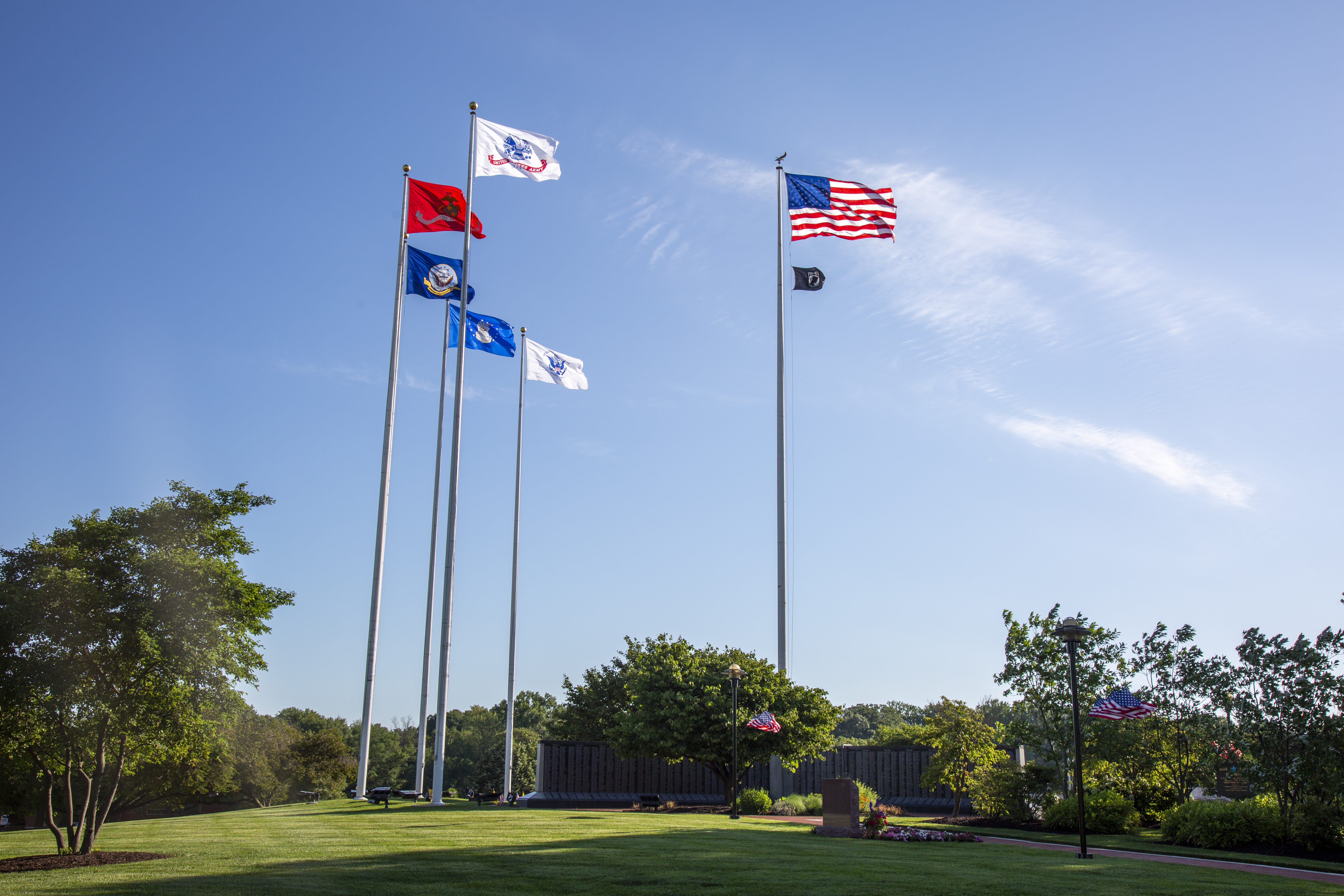When Veterans Memorial Park first opened in 1956, only one flag flew over the main memorial -- The United States flag. It was originally raised to half mast in deference to all who had fallen in World War ll and the Korean War, but was soon proudly raised to full staff to proudly wave over the entire park. It would take years later for the park to grow including an expansion of the flags displayed around the main memorial.
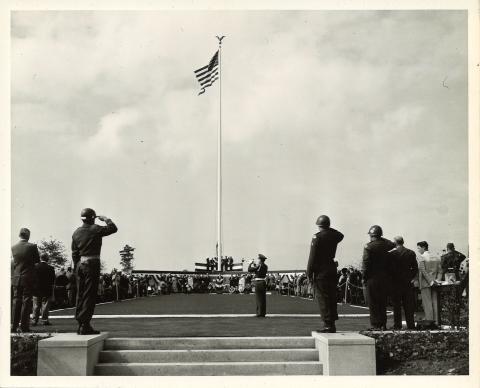
Today, even from the highway running adjacent to Veterans Memorial Park, the public can see five Armed Services flags proudly flying 24/7 at the base of the main memorial of the park along with the centered American flag and smaller flag in honor of MIA/POWs. The flags are lit at night from the base and represent the ultimate sacrifice the five branches made not only on the main memorial where they stand but throughout the park.
Not all parks or veterans memorials are authorized to fly the official service flags, and their positioning at VeteransMemorialPark.us off Cherry Street, in New Castle, DE is symbolic of the stature of the park as one of a select few designated for official services on Veteran's Day and Memorial Day.
Since they stand so high at the park, and the wind is frequently brisk, it's sometimes hard to get a close up view of each and what they represent. Below, is a general review of the symbolism of each flag and what they represent.
United States Army Flag
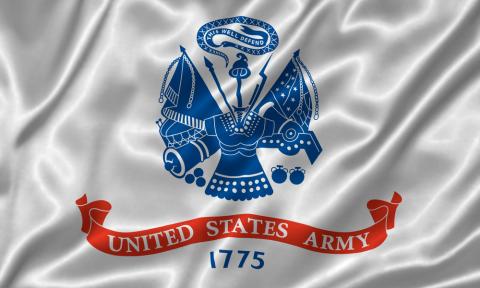
The U.S. Army flag is one of two on a white background . The date 1775 represents the date the first Continental Army was created under its first general, George Washington, The flag was officially adopted for the service and country by a much later 5 star general -- Dwight D. Eisenhower -- in June 1956 when he was serving as the 34th President of the United States. Prior to 1956, the Army was the only branch that did not have an official flag.
The Army flag is the only one that does not have an eagle displayed on it, although the other symbols in the flag's center create an eagle -like appearance. The blue seal in the center of the flag is the original War Office Seal. The seal represents the Army's ideals of loyalty, vigilance, perseverance, truth, courage, zeal, fortitude, remembrance, determination, constancy, achievement, dignity and honor. The seal was first used in the American Revolutionary War to authenticate official documents. Until it appeared on the flag in 1956, it was not used on flags or for any other Army public displays. The seal on the flag differs from the official seal of the U.s. Department of the Army.
Specific elements of the center graphic on the flag have the following symbolism:
- Roman Armour Shield -- represents strength and defense
- Sword, Bayonet, Cannon, Cannonballs - symbolic of the tools used in defense of the country
- Drum - notification to the public of the Army's intent to serve the Nation
- Cap with Motto "This We'll Defend" - to depict the Army's constant state of readiness
United States Marine Corps Flag
The flag of the U.S. Marines is the only red/scarlet flag of the five Armed Forces flags and with gray and gold is the official color of the Corps. Scarlet is considered the official battle color of the Corps.
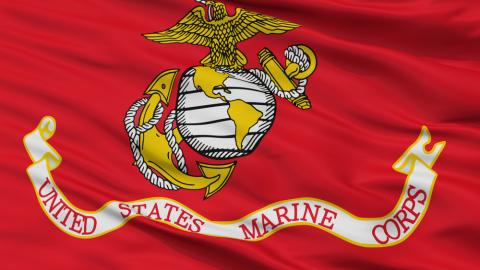
The flag was adopted in 1939 and consists of three symbols -- an eagle, anchor and globe. Frequently called the EGA, it is the official emblem of the Corps adopted in 1955. It represents the Marine's commitment to defend the nation on land, sea and in the air.
United States Navy flag
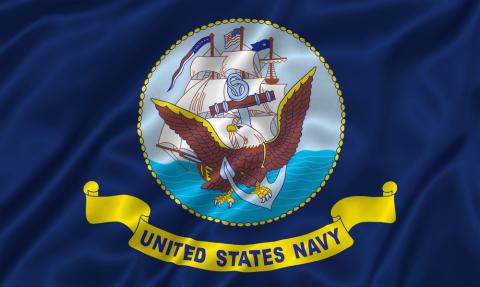
Along with the U.S. Army Flag, the Flag of the United States Navy is one of two officially authorized by President Dwight D. Eisenhower. It was formally adopted in April 1959 and is one of four that display an eagle. The center seal is the official seal of the U.S. Department of the Navy and is designed to show the Navy's readiness to defend the nation both on land and at sea.
Although ships are known for flying flags and showing their colors, the U.S. Navy is forbidden from flying its flag on Navy vessels. It is only authorized for use during parades, for ceremonial occasions, and at official gatherings where Navy personnel are present. Flag flown on U.S. Navy vessels can change but since 2019, the Navy has adopted the blue Union Jack flag for vessels.
United states Air force flag
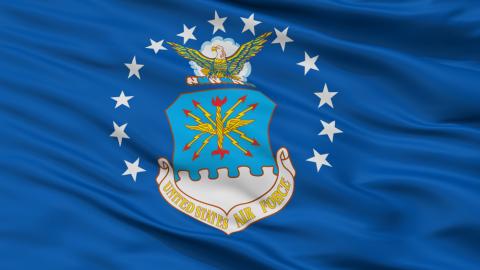
The flag of the U.S. Air Force is officially ultramarine blue distinguishing it from the Navy's blue color. Similar to the Navy and Army flags, it displays a Bald Eagle. The center seal is the Air Force Coat of Arms.
Thirteen white stars encircle the eagle and Coat of Arms in deference to the 13 original colonies of the United States. The eagle's wing span reaches three of the 13 stars symbolizing the original three branches of service that existed at the time of the creation of the Air Force.
The cloud behind the eagle is said to represent the dawning of a new world and the thunderbolts in the center are designed to reflect the striking powers of the United States Air Force.
United States Coast Guard Flag
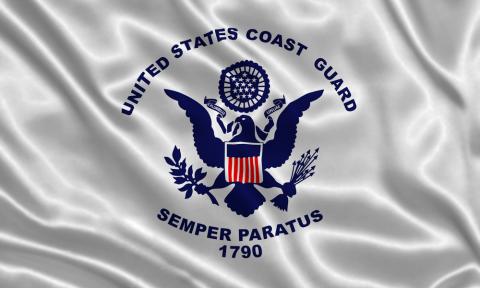
The flag of the U.S. Coast Guard is the only one of the five to have Latin inscribed on it with the words "Semper Paratus," which is the official motto of the USCG and means Always Ready.
The Eagle in the flag's center is the official Great Seal of the United States with wheat being held in one talon and arrows in the other. The two together symbolize the country's strong desire for peace, but also always being ready for war.
The encircled 13 stars above the eagles head, similar to the stars on the Air Force flag, pay tribute to the original 13 colonies that the Coast Guard was established to protect as the
The Coast Guard was officially started in 1915 from a merger of the U.S. Life-Saving service and U.S. Revenue Cutter Service. The year 1790 displayed on the flag honors the Coast Guard's origins as the Revenue-Marine Cutter Service originally requested by Alexander Hamilton. It was the original sea-based armed forces branch for the early United States until the U.S. Navy was established in 1798
explore more about the park
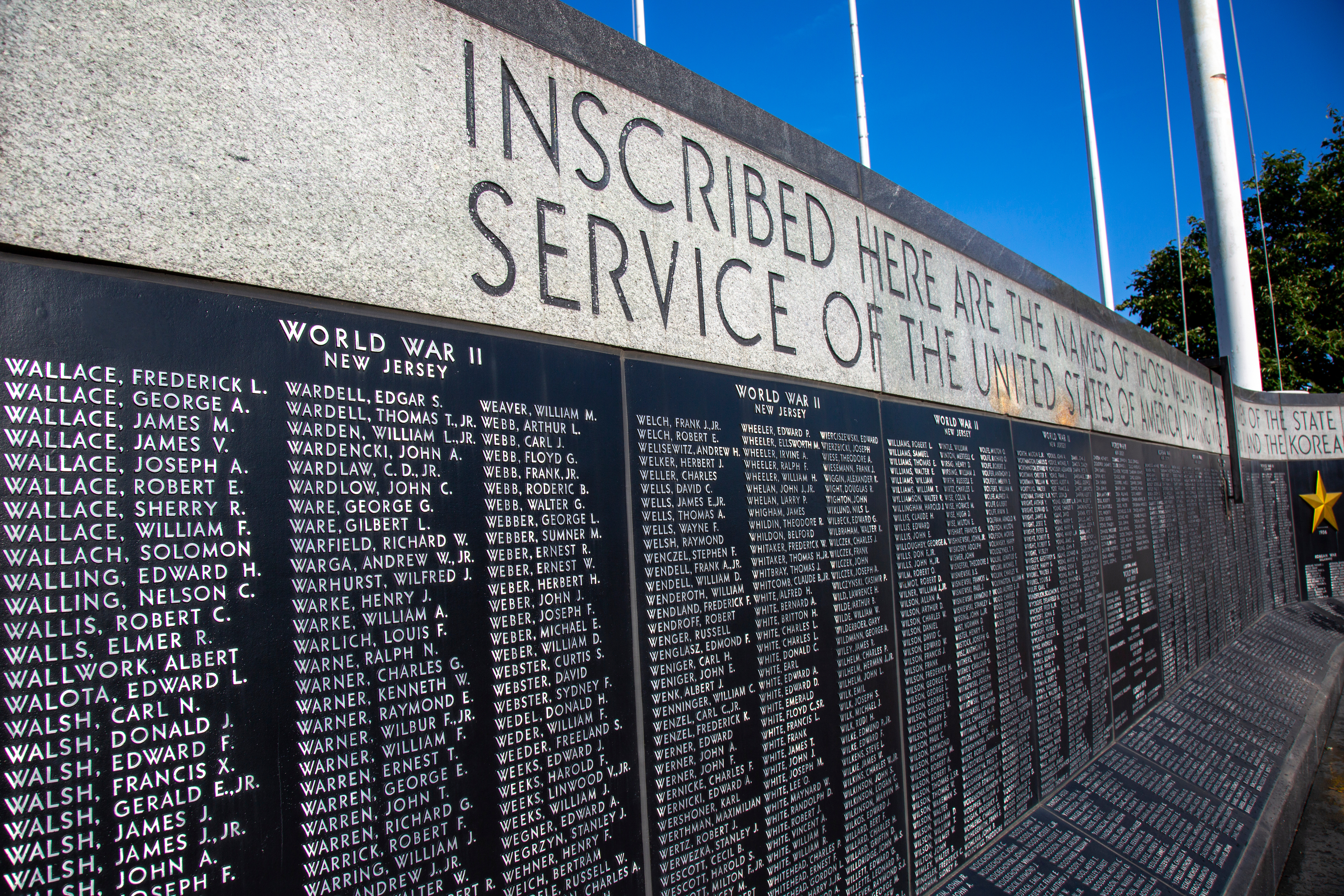
registry
